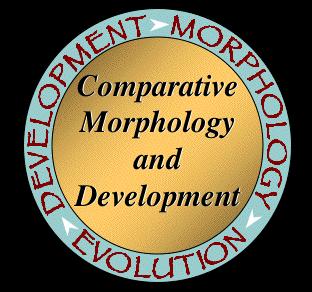Parallel evolution of derived modes of reproduction in amphibians
MARVALEE H. WAKE
Department of Integrative Biology, University of California, Berkeley, California, USA
Diverse modes of live-bearing reproduction have arisen in amphibians, many using sites of development nearly unique to the class and order (e.g., frogs developing embryos in the vocal sacs of the paternal male, and in the stomach and in and on the skin of the backs of maternal females). Intra-oviductal maintenance of developing embryos through metamorphosis, with maternal nutrition supplied after yolk resorption, has evolved independently in all three orders several times. In addition, maintenance without additional nutrients and with 'birth' at virtually any stage of relatively late development occurs in frogs and in salamanders. Maintenance of developing young in the skin of the back of the maternal female occurs in two rather distantly related lineages of frogs. Adelophagy has arisen, recently, twice in closely related salamander subspecies. Given robust hypotheses of phylogenetic relationships, many kinds of homoplasious conditions have been identified, but few have been assessed in terms of mechanisms of origin, and common and divergent features in those mechanisms. I explore the parallel evolution of the morphology of intra-oviductal and back-skin viviparity in both parents and embryos/fetuses in order to generate hypotheses about physiology, behavior, development, ecology, and patterns of evolution of the systems within and across lineages.

